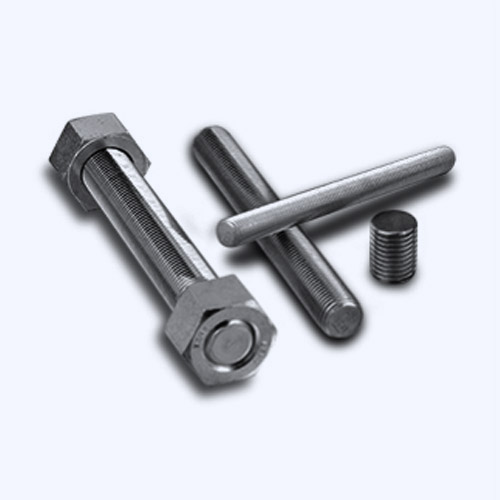Nov . 21, 2024 10:24 Back to list
anchor bolt m36
Understanding M36 Anchor Bolts Importance, Applications, and Specifications
Anchor bolts play a crucial role in the integrity and stability of various structures. Among the many types of anchor bolts available, the M36 anchor bolt has gained significant attention, particularly in construction and engineering projects. This article will delve into the specifics of M36 anchor bolts, including their importance, applications, specifications, and installation processes.
What is an M36 Anchor Bolt?
The M in M36 refers to the metric measurement system, indicating that this bolt has a nominal diameter of 36 millimeters. Anchor bolts are used to attach structural elements to concrete, thereby providing stability and anchorage. The M36 size is typically employed in heavy-duty applications where substantial forces and loads are expected, such as in the foundations of large buildings, bridges, and various infrastructural projects.
Importance of M36 Anchor Bolts
M36 anchor bolts are vital for ensuring the structural integrity and longevity of any construction work where they are used. They serve several critical purposes
1. Load Resistance These bolts can withstand significant tensile and shear forces, ensuring that structural elements do not shift or collapse under pressure.
2. Durability Made from high-strength materials, M36 anchor bolts resist corrosion and wear. Many varieties are treated or coated to withstand harsh environmental conditions, making them suitable for outdoor applications.
3. Versatility M36 anchor bolts can be used in various applications, from anchoring machinery and equipment to securing support structures in seismic zones.
Applications of M36 Anchor Bolts
Due to their robust design, M36 anchor bolts are widely used in numerous applications, including
1. Construction Sites M36 bolts are commonly used in the foundations of buildings, providing a firm base for columns and walls.
2. Industrial Applications Heavy machinery and equipment are frequently anchored to the ground with M36 bolts to prevent movement and ensure safety.
3. Bridge Construction In bridge engineering, M36 anchor bolts play a critical role in securing various components of the structure, contributing to stability and safety.
anchor bolt m36

4. Seismic and Wind Resistant Structures In areas prone to earthquakes or high winds, M36 anchor bolts are used to enhance the resilience of buildings and other structures.
Specifications of M36 Anchor Bolts
Understanding the specifications of M36 anchor bolts is vital for proper application and installation. Here are some key specifications
- Diameter 36 mm - Material Typically made from carbon steel, stainless steel, or alloy steel, depending on the application and environmental conditions. - Length The length of M36 anchor bolts can vary significantly, ranging from a few centimeters to over a meter, depending on the requirements of the specific application. - Strength Class M36 bolts are available in various strength classes, commonly between 4.6 to 12.9, indicating the tensile strength per square millimeter.
Installation of M36 Anchor Bolts
Proper installation of M36 anchor bolts is crucial for their effectiveness. The installation process generally includes the following steps
1. Site Preparation Ensure that the concrete foundation is properly cured and prepared to receive the anchor bolts.
2. Drilling Holes Drill holes in the concrete foundation according to the bolt specifications, ensuring correct alignment and depth.
3. Placing the Bolts Insert the M36 anchor bolts into the drilled holes, ensuring they are positioned correctly and at the right angle.
4. Securing the Bolts Use appropriate methods, such as washers and nuts, to secure the bolts firmly in place. Some applications may require the use of epoxy or grout.
5. Final Inspection Once installed, inspect the anchor bolts for proper alignment and tightness to ensure they meet safety and structural integrity standards.
Conclusion
In conclusion, M36 anchor bolts are essential components in modern construction and engineering. Their robust design and high load-bearing capacity make them suitable for various applications. Understanding their importance, specifications, and proper installation techniques is crucial for ensuring the safety and longevity of structures in which they are used. By adhering to best practices, engineers and contractors can significantly improve the reliability of their projects, ensuring they withstand the test of time and environmental challenges.


